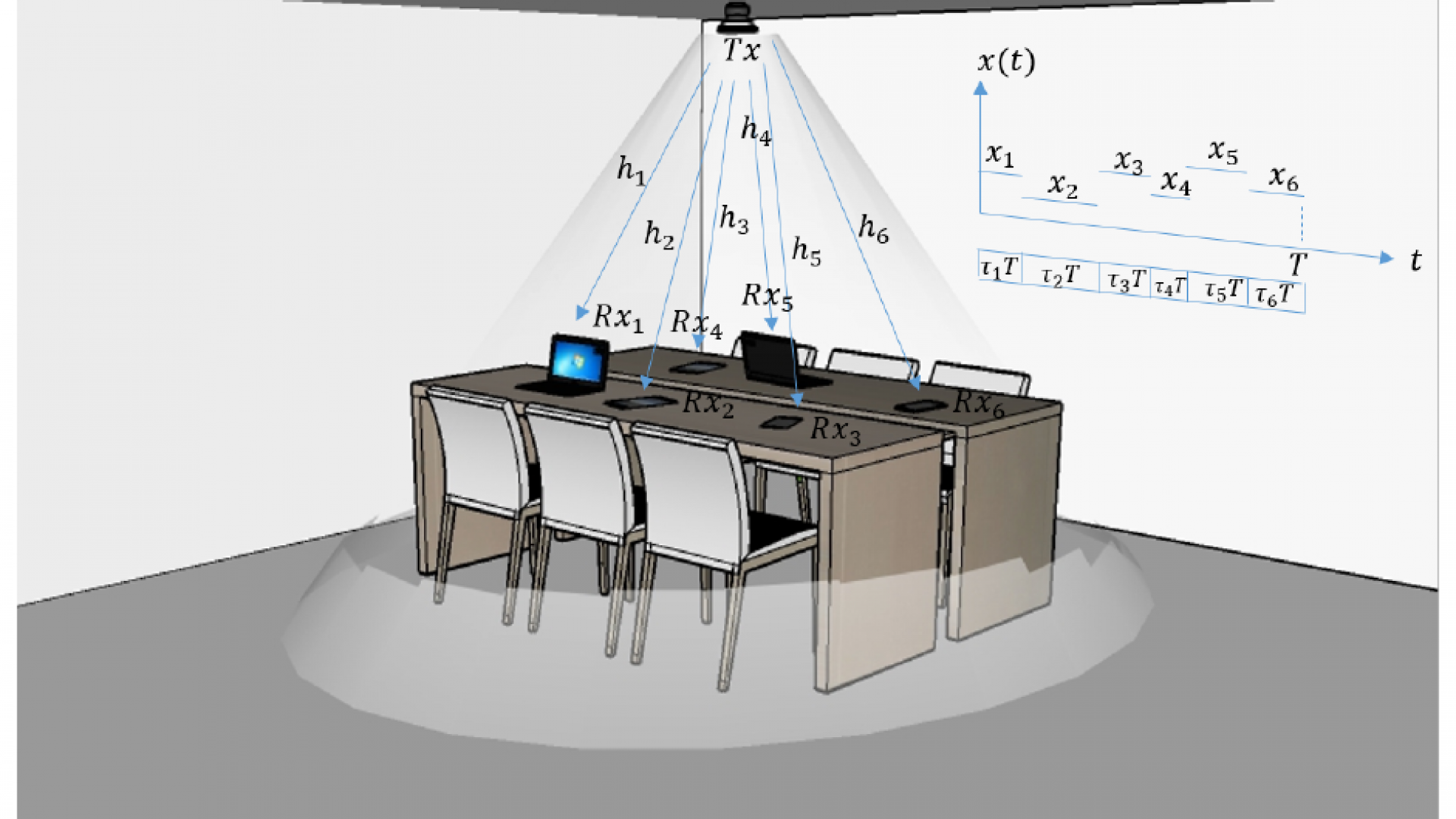Project Start Date
Project End Date
Optical wireless communications (OWC) has gained lots of interest to mitigate the spectrum scarcity and the ever-exploding demand on wireless data traffic. OWC offers alternative transmission options through infrared, visible light, and ultraviolet bands. The superiority of OWC systems over their radio frequency counterparts appears clearly in terms of area spectral efficiency (SE), which in turn gives it the advantage to be one of the key promising technologies for 5G networks. Furthermore, the energy consumption of optical transmitters such as light emitting diodes (LEDs) is lower than its counterpart in RF spectrum. Among the optical frequency bands, the visible light band is of special interest for different reasons. The visible light infrastructure built for illumination purposes can be used in communications, thanks to the development of LED devices for lighting. LED can be switched at very high rates supporting fast data transmission and providing in the same time higher illumination efficacies than traditional lamps. In this project, we concentrate on the energy and resource allocation in VLC system. We also consider energy harvesting related systems.
Members
Related Publications
Handle
A. Abdelhady, O. Amin, B. Shihada, and M-S. Alouini, "On the Optimization of Multi-Cell SLIPT Systems", in Proc. IEEE Global Communications Conference (Globecom), pp. 1 - 6, 2018.

